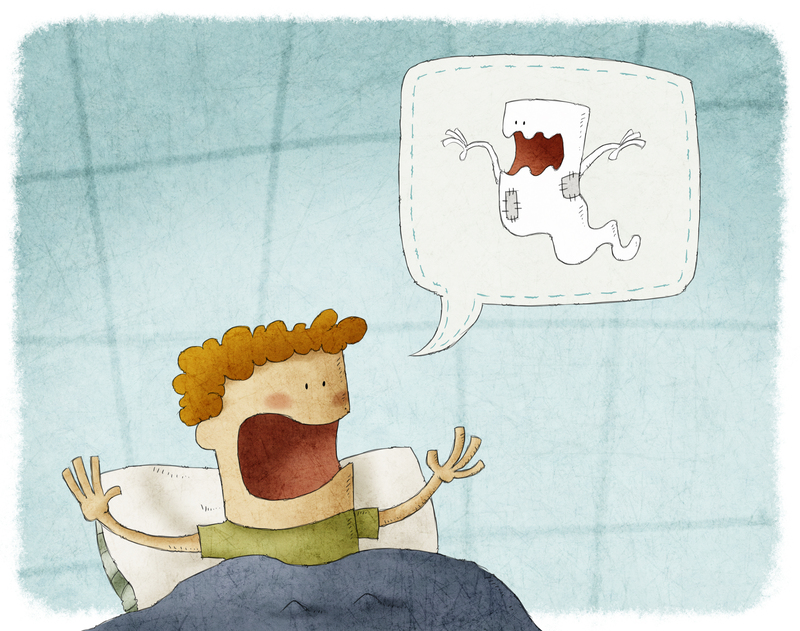Secure Your Sofa's Future: Proven Long-Term Storage Strategies
Posted on 17/05/2025
Secure Your Sofa's Future: Proven Long-Term Storage Strategies
Your sofa is more than just a piece of furniture--it's the anchor of your living room, a sanctuary for rest, and a stage for family moments. When the need arises to store this beloved piece for a few months or even years, it's crucial to protect your investment and ensure its longevity. Long-term sofa storage requires a strategic approach to prevent wear, damage, and degradation. Whether you're moving, renovating, or just freeing up space, mastering effective sofa storage techniques is essential. Below, we provide a comprehensive guide packed with proven long-term storage solutions for sofas to preserve your couch's value, appearance, and comfort for years to come.
Why Proper Sofa Storage Matters
Storing your sofa incorrectly can lead to a multitude of problems. Fabric upholstery may fade, mold can develop, wooden elements can warp, and unpleasant odors may take hold. Investing time and effort in sofa preservation tips pays off by:
- Maintaining the structural integrity of your sofa
- Preventing pest infestations and moisture damage
- Preserving upholstery from dirt, dust, and sun damage
- Retaining comfort and resale value for future use
- Saving time and money on repairs or replacement

Essential Preparations Before Sofa Storage
The foundation for safe sofa storage starts with preparation. Taking a vigilant, methodical approach ensures that your couch remains in stellar condition throughout its stay in storage.
1. Thorough Cleaning Is Non-Negotiable
Dirt, crumbs, and moisture trapped in upholstery or crevices invite bacteria, mold, and pests during long-term storage. Here's how to clean your sofa before storage:
- Remove all cushions and covers. Spot-clean stains with fabric-appropriate cleaners.
- Vacuum across all surfaces, paying attentive care to seams and creases.
- If your sofa has leather or suede, use a gentle, pH-balanced cleanser followed by a restorative conditioner.
- Allow every part to dry completely before proceeding. Residual moisture can result in mildew or mold growth.
2. Disassemble When Possible
Disassembling your sofa makes transport and storage easier and safer. Remove legs, cushions, and detachable arms or backs. Store small parts inside clearly labeled bags attached to the main frame or packed separately. This step also reduces the risk of breakage and optimizes storage space.
3. Protect Your Sofa With High-Quality Covers
Never use plastic wraps tightly for long-term storage! Instead, choose breathable protective covers such as cotton sheets, furniture blankets, or specialized storage bags. These materials prevent dust accumulation while allowing air circulation, thus averting moisture buildup.
- Use thick blankets or pads on sharp corners to guard against accidental impacts.
- Layer covers for extra protection in high-traffic storage areas.
Choosing the Optimal Storage Environment
The success of your couch storage strategy hinges on environment. Here's what to prioritize:
1. Climate Control: The Gold Standard
Climate-controlled units maintain consistent temperature and humidity, crucial for delicate fabrics, leathers, and wooden frames. These units guard your sofa from:
- Extreme heat or cold that can warp wood and break down fabric fibers
- Fluctuating humidity that may cause mold, mildew, and rot
If you must use a garage, attic, or basement, employ dehumidifiers and moisture absorbers as preventive measures against dampness.
2. Elevate Off the Floor
Elevating the sofa ensures it stays dry and pest-free. Place wooden pallets or blocks underneath. This simple step protects against accidental leaks, floods, or condensation--key for long-term couch storage protection.
3. Allow for Proper Ventilation
Strategically position your sofa with several inches of clearance from walls and other items. Good airflow is vital to prevent stagnant air and musty smells.
Best Practices for Long-Term Sofa Storage
1. Avoid Stackable Storage
Never stack heavy items on top of your sofa. Even boxes and lightweight decor can cause permanent indentations or hidden frame damage. Always store sofas horizontally and let nothing compress or distort their structure.
2. Regular Check-Ins
Commit to visiting your storage unit every few months. During each check:
- Look for signs of moisture, mold, or pest activity
- Reapply protective sprays (fabric or leather conditioner) as necessary
- Refresh moisture absorbers or dehumidifiers
- Resettle covers and clear away gathered dust
3. Mind the Sofa's Position
Never store your sofa standing up or at an angle. Always keep it resting naturally on its legs or frame. This maintains its original shape, prevents warping, and eases the eventual move back to your home.
Special Considerations for Leather and Vintage Sofas
1. Leather Sofas
Leather sofas require moisture balance--too dry, and leather cracks; too wet, and it molds. Apply a high-quality leather conditioner before storage, and avoid direct sunlight or heat sources inside the storage unit.
- Double-wrap with breathable covers for dust and light protection
- Inspect periodically for dryness and recondition if necessary
2. Antique and Heirloom Sofas
These treasures demand extra care. Consult a furniture preservation expert for guidance on stabilizing fragile frames, treating delicate fabrics, or applying archival wraps. Insurance may also be advisable for particularly valuable pieces.
Moving Sofas to and from Storage: Safety First
Avoid damaging your sofa during the move by utilizing quality moving equipment:
- Stretch wrap (loosely applied), moving blankets, and corner guards
- Dollies or sliders for easier, safer transport
- Avoid dragging sofas--always lift or roll with care
Plan your storage unit layout in advance to ensure easy retrieval and minimal movement when accessing your sofa.
Bringing Your Sofa Out of Storage: What to Expect
When you're ready to return the sofa to your living space, perform a careful inspection and cleaning:
- Remove all covers; launder or wipe them down as needed
- Vacuum upholstery, fluff cushions, and air sofa out in a shaded area
- If leather, apply a fresh conditioner
- Test the structure for integrity and tighten any screws or joints that may have loosened
Allow the sofa to acclimate to your home environment for up to 24 hours before regular use, especially if stored in a climate-controlled unit.
Common Sofa Storage Mistakes to Avoid
- Wrapping too tightly in plastic: Causes condensation and mold
- Neglecting to clean before storage: Traps odors and encourages deterioration
- Storing directly on damp concrete: Risks water damage and pest invasion
- Stacking items on or under the sofa: Causes sagging and warping
- Ignoring regular inspections: Small problems can quickly escalate during months of neglect

Additional Sofa Storage Tips for Maximum Security
Still wondering how to best protect your sofa in storage? Consider these expert-approved strategies:
- Insurance: If your couch has significant monetary or sentimental value, explore self-storage insurance or check if it's covered under your homeowner's policy.
- Pest Prevention: Apply safe pest deterrents near, but not on, the sofa. Regular unit cleaning helps keep critters at bay.
- Documentation: Photograph your sofa before storage. This visual record aids in insurance claims and helps with reassembly if disassembled.
Bonus Quick-Reference Checklist
- Clean and dry the sofa meticulously
- Disassemble and label detached parts
- Wrap with breathable, dust-resistant covers
- Choose a climate-controlled, secure storage unit
- Keep off the floor using pallets
- Allow air circulation around the sofa
- Schedule periodic inspections
- Recondition leather and check for pest or water damage often
Conclusion: Preserving Your Sofa for the Long Haul
A well-cared-for sofa lasts for many years, continuing to bring style and comfort into your home. By following these proven long-term storage strategies for sofas, you'll shield your favorite furniture from avoidable harm and safeguard both its function and beauty. With a bit of planning and diligence, your sofa will be ready to welcome you and your guests home for many more memories to come.
Remember: the effort you invest in secure sofa storage today guarantees a plush, attractive, and hygienic couch tomorrow. Take pride in your foresight and enjoy peace of mind--your sofa's future is safe in your careful hands!



